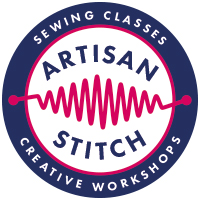Award-winning!
Artisan Stitch has won Sewing Provider of the Year 2024/25 in the Scotland Prestige Awards, the 3rd consectuive year I've won a Scotland Prestige Award and the 8th award in 5 years.
Upcoming Events

5 Jul 25
Booking closed

16 Jul 25
Booking closed

21 Jul 25
Booking open

21 Jul 25
Booking open
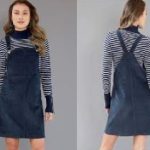
24 Jul 25
Booking open

28 Jul 25
Booking closed
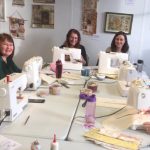
1 Aug 25
Booking closed
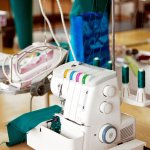
2 Aug 25
Booking open

6 Aug 25
Booking open
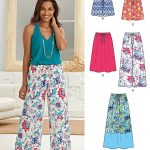
13 Aug 25
Booking closed
Recent Posts
Home » Uncategorised
